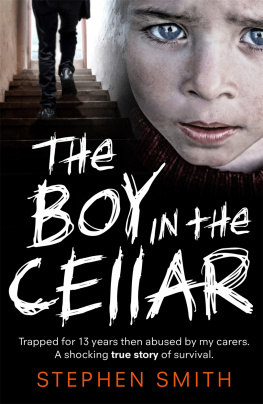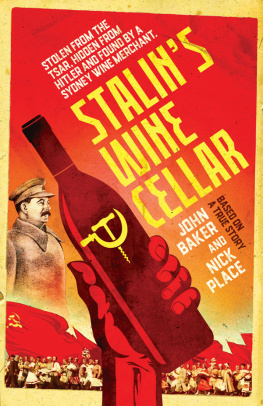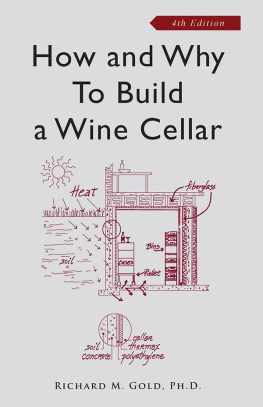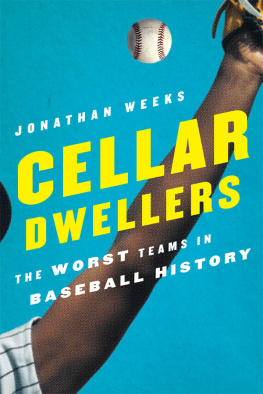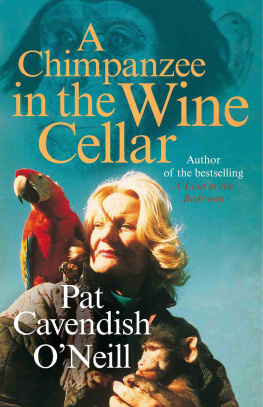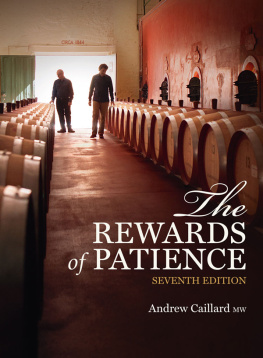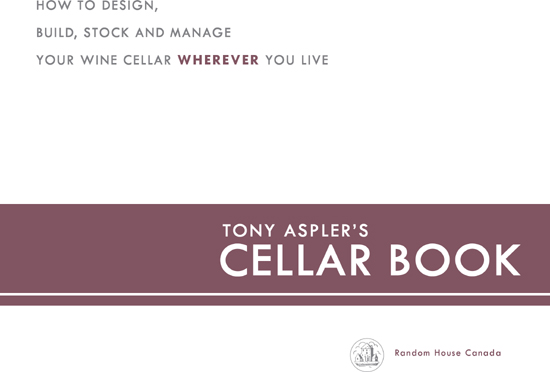TO DEBORAH, who can spot a corked wine faster than I can. My constant companion in the wine cellar and everywhere else.
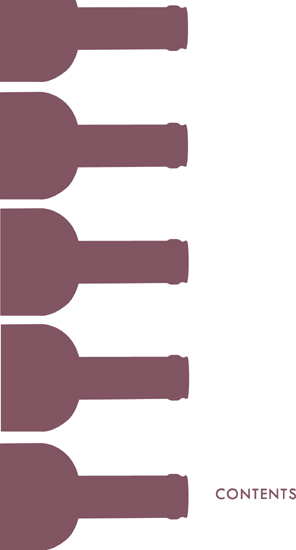
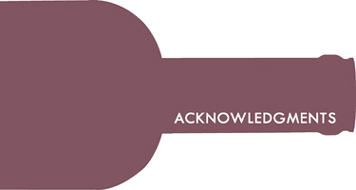
I had a lot of fun writing this bookand a lot of help from the wine community around the world. I blitzed friends and colleagues with e-mails, shamelessly asking for their advice as well as their wine cellar stories. Such is the generosity of those who love wine that no one refused my requests for information and they willingly shared their own experiences. My thanks to them all. Some are recognized in the body of this book; others I will mention here: John Szabo, M.S., for his insights into restaurant cellar management, wine writer Dean Tudor for his incisive editorial input, Greg Zeisman and Laird Kay at the Wine Establishment for their cellar design expertise, Gary Larose of Rosehill Wine Cellars for his advice on wine cabinets, Marc Russell for his expertise in off-site wine storage and Jacques Marie for his encyclopedic knowledge of wine and food. But most of all, I must thank Michael Drobot and his team at KoolR Products Inc., who came up with an offer I could not refuse: they would build my new wine cellar in the condo basement if they could film the construction process. The answer was yes, in a heartbeat.
During the year and a half it took me to write this book I would lie awake at night thinking of the perfect cellar and what to put into it. This led to the concept of Tonys Dream Cellara selection of ten or so wines from all the regions I have covered here. Its a very personal choice from what I consider to be the worlds best wines. After forty-odd years of chasing the grape around the globe I am still learning about wine and am constantly amazed by the alchemy of great winemakers. Their arcane rituals turn perishable berries into a delicious beverage that can elevate the soul.
In a few years time my Dream Cellar candidates might be different, but thats the beauty of wine. No doubt you will have your own list, which is only as it should be, since we all taste wine through our own cultural filter. My car licence plate is CLARET, which perhaps tells you that I was brought up in England on red Bordeaux (although some of my best wine experiences have been with Burgundy). But these days I find myself drinking more New World wine. When I moved house in October 2008 I discovered that more than half my cellar was stocked with New World wines. So I would like to thank winemakers everywhere for making life tolerable in bad times and a celebration in good ones.
Finally, I raise a glass to those who guided me on this cellar quest: my literary agent, Dean Cooke, who helped shape the original concept for this book; Anne Collins at Random House Canada, who was intrigued enough to publish it; and my editor, Sarah Brohman, who took an unruly manuscript and moulded it into coherencewhich is also the art of the winemaker. Further thanks to Craig Pyette who transformed the manuscript to a book and Gillian Watts who did the heavy lifting with my prose. The photos were taken, for the most part, by my friend Steve Elphick, whose shots also grace the pages of The Wine Atlas of Canada. And, finally, a special thank-you to Pinot the Wonder Dog, the wheaten terrier who slept at my feet during those endless hours in front of the computer screen.
The key to aging is cellaring.
Franois Labet, the proprietor of Burgundys Chteau de La Tour, a property within the walled vineyard of the Clos de Vougeot, whose family owns the largest portion of the vineyard: 15 of the 124 acres.
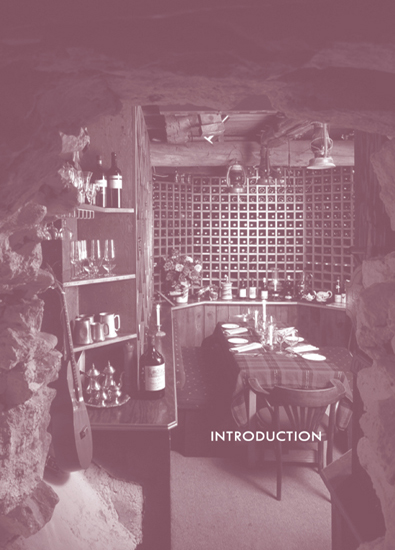
Anyone who has ever lifted a glass of wine, studied its colour, sniffed its bouquet and savoured the first sip either has a wine cellar or dreams of having one. Call it the oenological imperative.
A wine cellar is not necessarily a damp cave with cobwebs in the bowels of some drafty English country house or a hermetically sealed, temperature-controlled room in a New York condo with five thousand bottles individually racked. A cellar is any collection of wines that you lay down for future drinkingbe it a dozen or so bottles in a cardboard carton under the stairs or the contents of a wine fridge in the kitchen. And by future I dont necessarily mean ten or fifteen years. I mean a week, a month, a year; it all depends on how you structure your wine drinking.
A wine cellar can be many things: a sanctuary, a museum, a larder, an ego trip. It all depends on how it is perceived and how it is used. This book will tell you everything you want to know about cellaring wine, whether you are a novice with a dozen bottles in the bedroom closet or a dedicated collector with twenty thousand bottles.
There is, of course, a large community of wine drinkers who have yet to learn the delights of owning their own wine cellar. Consider how much time elapses from the point of purchase of a bottle of wine to the pulling of the cork. The average, according to highly anecdotal evidence (eyewitness accounts by store managers), is fifty-four minutes. Most consumers pick up wine on their way home to dinner. They buy it; they drink it. Since a goodly number of forward-thinking wine enthusiasts actually acquire wine to lay down, this average time would suggest that some bottles are opened in parking lots and consumed al fresco from brown paper decanters. This book, I hope, will encourage the fifty-four-minute constituency to consider the benefits of laying wine down; in other words, to create a cellar.
Indulge me by letting me begin with my own experiences in cellaring wines and my relationship with a variety of cellar situations in forty years of wine appreciation. I pose the ultimate existential questionWhy cellar wines?which leads into a history of wine storage and a very personal (and non-erotic) account of my lifelong love affair with wine cellars. Then we move into the practical advice: the dos and donts of wine storage in a domestic situation, and how to build and manage your own cellar (selecting the site, determining the size and the ultimate design, using software programs designed to catalogue and keep consumption records up to date). I will also tackle the question of alternatives to building a cellar.
But the most important question, of course, is how to stock a cellar. This book provides guidelines for anyone, whether their regular tipple is a $15 Australian or a $500 Grand Cru Class Bordeaux, who wants to keep on hand a supply of wines that will age with grace and dignity and be there ready to consume for a mid-week dinner or a spontaneous special celebration. The bulk of this book is devoted to my suggestions for general approaches to establishing a cellar. I outline basic techniques for evaluating the right cellar for your needs. But I avoid considering price and, to a certain degree, specific bottles, suggesting instead a themed approach. Are you just getting into the wine game? Do you want an investment cellar that will appreciate in value or an inheritance cellar to hand down to your children? Is it a New World or an Old World cellar for you? Are you more interested in building a collection for sustained consumption over many years, or are most of your favourites from New World vineyardswines that will likely be consumed in just two to three years?


